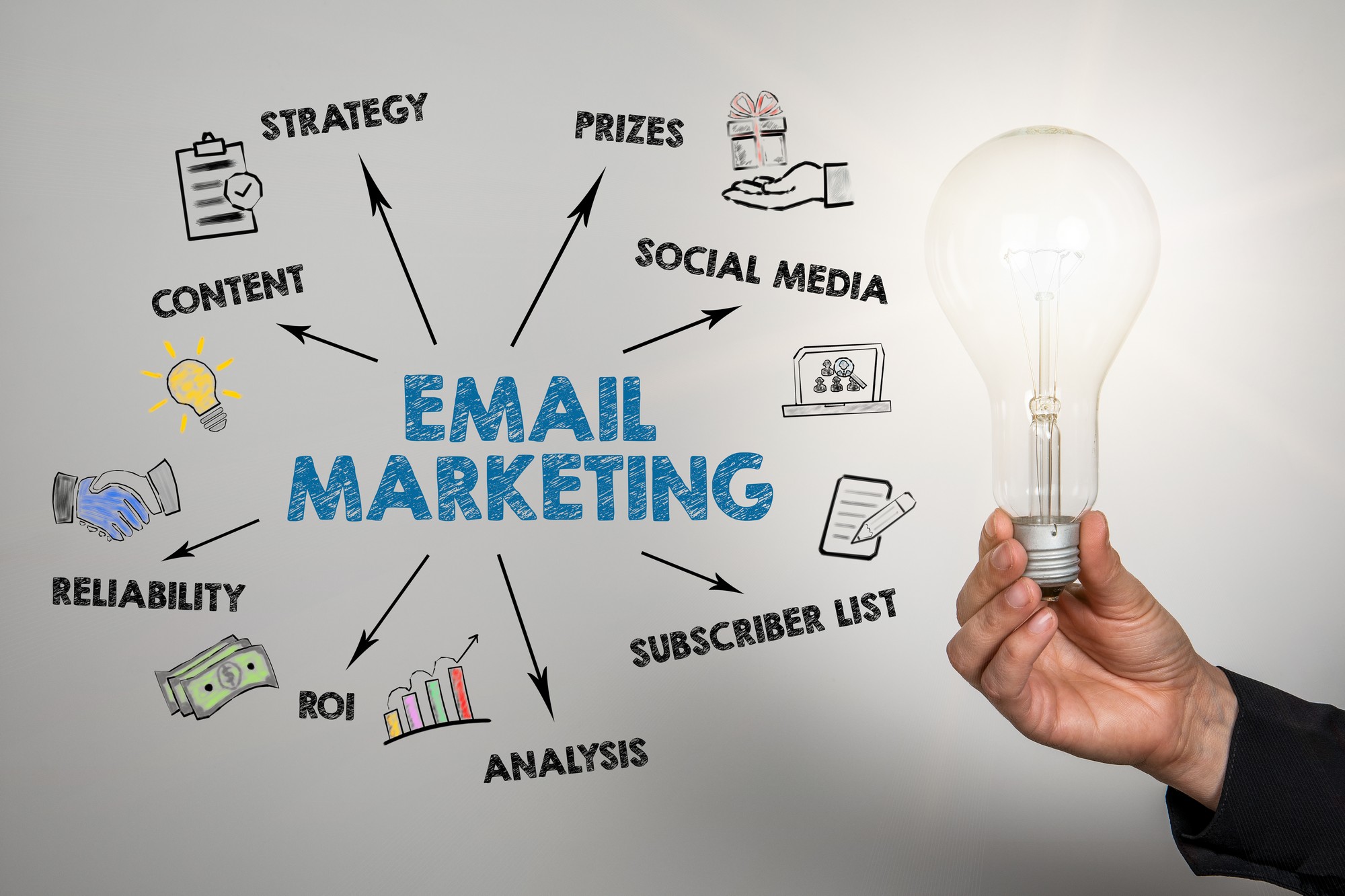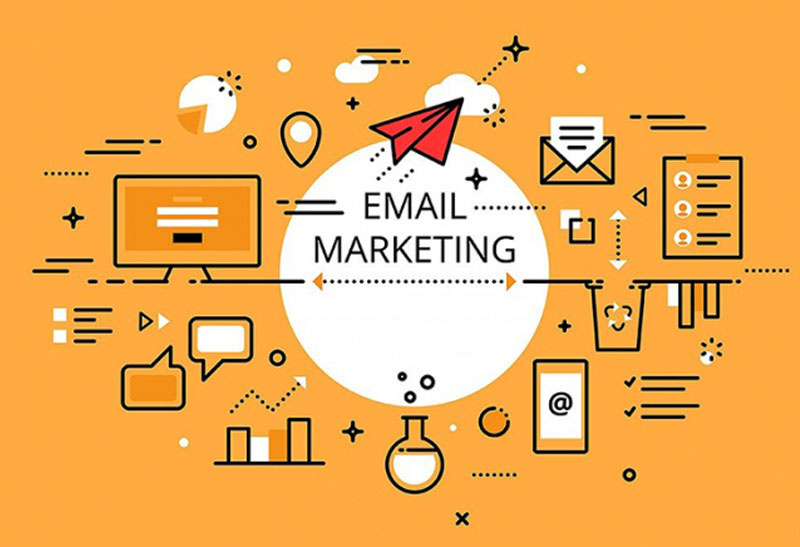In this article, we will delve into the world of email marketing and explore how it can be an incredibly effective tool for content creators, marketers, and businesses of all sizes.
We will cover the basics of email marketing, including how to build an email list, create compelling content, segment your audience, and craft effective subject lines.
Additionally, we will discuss some of the most popular email marketing platforms and offer tips on how to measure your success and optimize your campaigns.
In today’s digital age, email marketing has become one of the most popular and effective marketing strategies for businesses and content creators alike.
With the ability to reach a targeted audience directly in their inbox, email marketing allows marketers to build relationships with their customers, promote their products and services, and drive traffic to their websites.
In this article, we will explore the basics of email marketing, including how to build an email list, create compelling content, segment your audience, and craft effective subject lines. We will also discuss some of the most popular email marketing platforms and offer tips on how to measure your success and optimize your campaigns.
Building Your Email List
One of the most critical components of successful email marketing is building a quality email list. Several ways to grow your list include adding a sign-up form to your website and offering lead magnets such as ebooks or discount codes.
Running social media campaigns to promote your newsletter. It’s important to remember that your email list should be comprised of people who have opted in and are genuinely interested in your content or products.
Creating Compelling Content
Once you’ve built your email list, it’s time to start creating content that will keep your subscribers engaged and interested. The key to creating compelling content is to understand your audience and provide them with valuable information or entertainment. This can include sharing blog posts, industry news, product updates, or even exclusive content that’s only available to your subscribers.
Segmenting Your Audience
Segmenting your email list into different groups based on demographics, interests, or behaviors can help you tailor your content to each specific audience.
By sending targeted emails to each group, you can increase engagement and drive conversions. For example, if you have a list of customers who have previously made a purchase, you can send them product recommendations or exclusive discounts.
Crafting Effective Subject Lines
The subject line of your email is the first thing your subscribers will see, so it’s crucial to make it compelling and attention-grabbing. A great subject line should be concise, clear, and offer a benefit or solution to the reader. Avoid using spammy or clickbait phrases, as this can lead to your emails being marked as spam.
Choosing an Email Marketing Platform
There are several email marketing platforms available, each with its own set of features and pricing plans. The most popular platforms include Mailchimp, Constant Contact, and Campaign Monitor. When choosing a platform, it’s essential to consider your budget, the size of your email list, and the features you need to run effective campaigns.
Creating Automated Email Sequences
Automated email sequences can help you save time and improve engagement by sending targeted emails to subscribers based on specific triggers or behaviors. For example, you can set up a welcome email series that automatically sends a series of emails to new subscribers over several days, introducing them to your brand and encouraging them to engage with your content.
Measuring Your Success
To optimize your email marketing campaigns, it’s essential to track your metrics and measure your success. Some of the most important metrics to track include open rates, click-through rates, and conversion rates. By analyzing these metrics, you can identify which emails are performing well and make adjustments to improve engagement and conversions.
Optimizing Your Campaigns
To get the most out of your email marketing campaigns, it’s important to continuously optimize your campaigns. This can involve testing different subject lines, and content, and sending times to see what resonates best with your audience.
It’s also important to regularly clean your email list by removing inactive or unengaged subscribers to ensure that your emails are only going to those who are interested in your content.
Avoiding Common Mistakes
While email marketing can be incredibly effective, there are also some common mistakes that marketers can make. These can include sending too many emails, not segmenting your list, or not providing valuable content to your subscribers. It’s important to avoid these mistakes to ensure that your email marketing campaigns are successful.
Staying Compliant

source: Google Images
It’s essential to stay compliant with email marketing regulations, such as the CAN-SPAM Act in the United States. This includes including an unsubscribe link in every email, clearly identifying who the email is coming from, and avoiding deceptive subject lines.
Conclusion
Email marketing is a powerful tool for businesses and content creators to build relationships with their audience and drive conversions.
By focusing on building a quality email list, creating compelling content, segmenting your audience, and measuring your success, you can create effective email marketing campaigns that resonate with your audience.
With the right strategies and tools in place, email marketing can be a highly effective and valuable marketing channel for businesses of all sizes.

